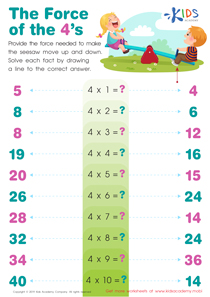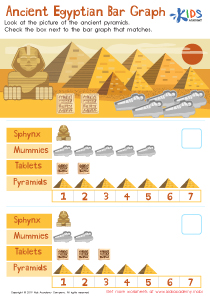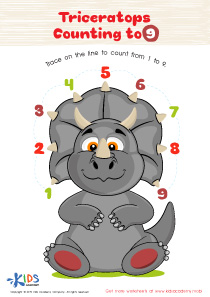Shape identification Easy Math Worksheets for Ages 3-7
5 filtered results
-
From - To
Welcome to our "Shape Identification Easy Math Worksheets" designed specifically for children aged 3-7! Our engaging and interactive worksheets make learning about shapes fun and enjoyable. Perfect for early grade teachers and parents alike, these resources help young learners recognize, name, and differentiate between various shapes through colorful illustrations and relatable activities. Our worksheets support foundational math skills, promoting cognitive development while keeping kids entertained. Whether used in the classroom or at home, these easy-to-follow worksheets will enhance your child’s shape identification abilities and foster a love for learning. Explore our collection today and watch your little ones shine!
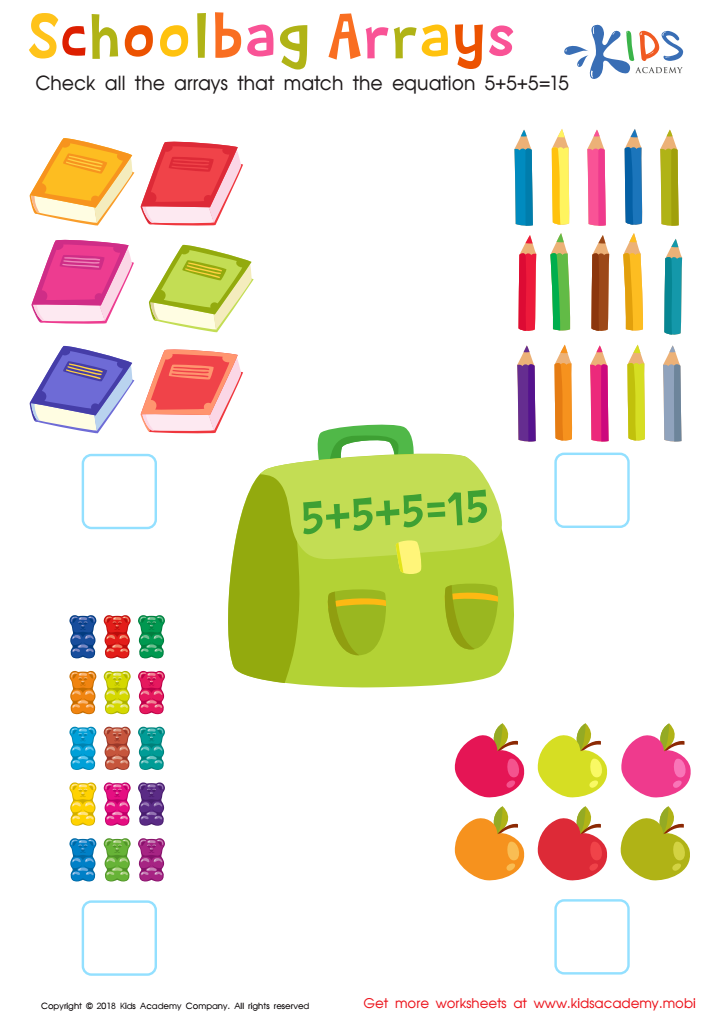

Schoolbag Arrays Worksheet


Number 2 Printable
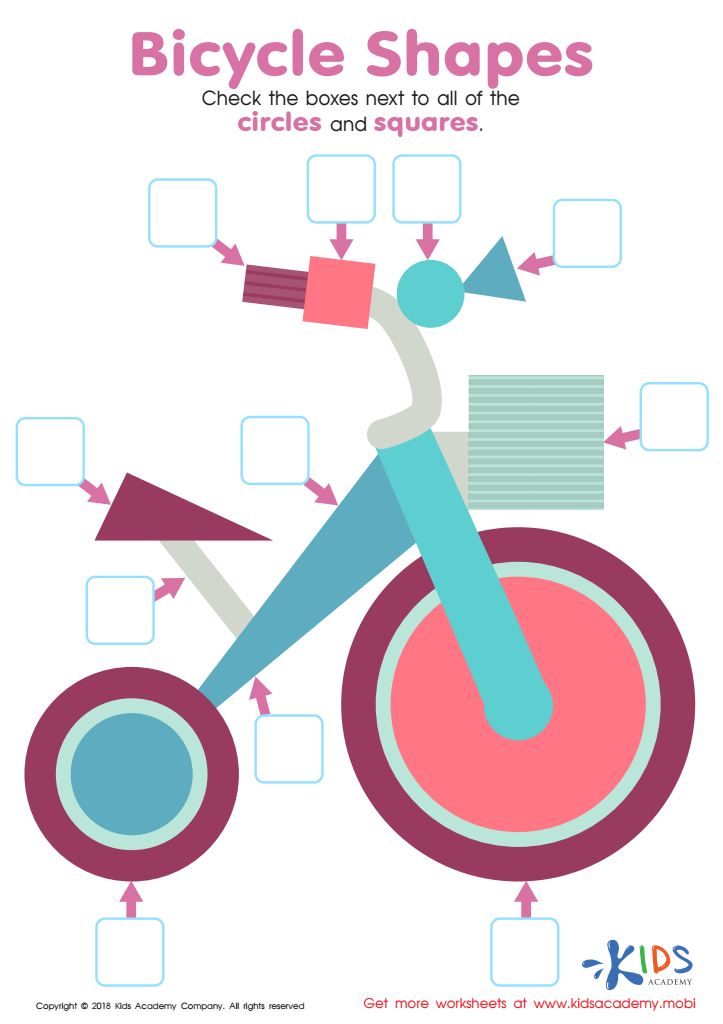

Bicycle Shapes Worksheet
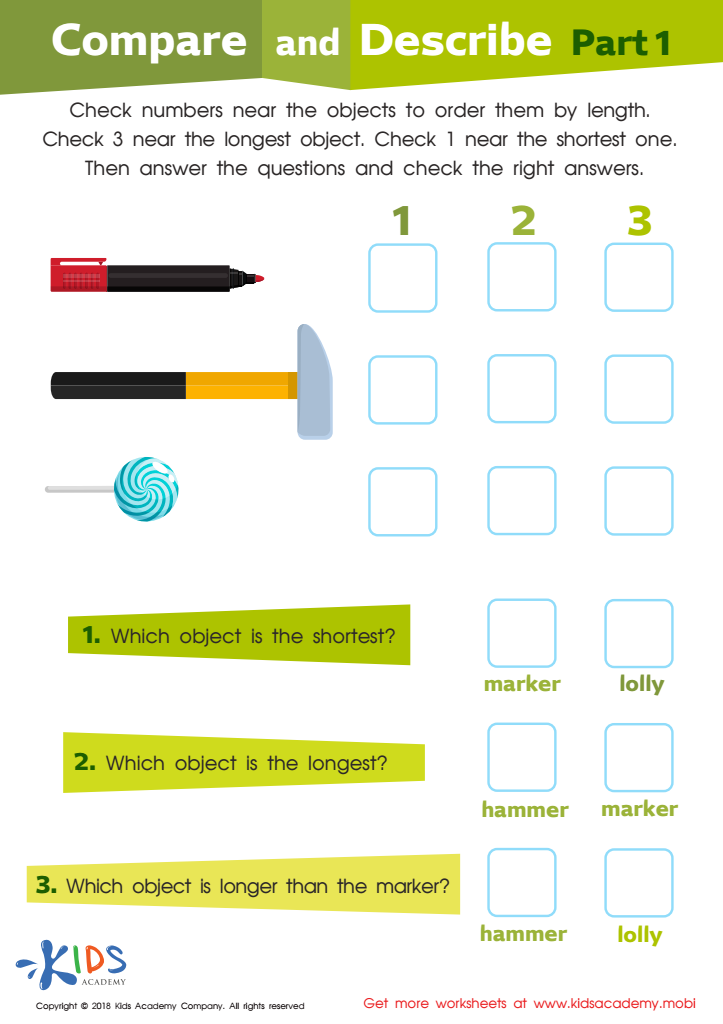

Compare and Describe: Part 1 Worksheet
Shape identification is a foundational skill in early mathematics education that holds immense importance for children aged 3 to 7. Parents and teachers should prioritize this skill for several reasons. Firstly, recognizing shapes allows children to understand essential geometric concepts, laying the groundwork for more complex mathematical ideas later on. Early shape recognition helps in developing spatial awareness, which is crucial for both academic success and everyday activities like navigation and arts and crafts.
Moreover, shape identification fosters critical thinking and problem-solving abilities. By learning to categorize and differentiate between various shapes, children enhance their cognitive skills and creativity. Engaging in shape-related activities also sparks curiosity, making learning enjoyable, which is vital for sustaining a child’s interest in education.
Additionally, shape identification promotes language development as children learn to articulate their thoughts by describing shapes and their properties. This can lead to enhanced communication skills, which are essential not only in school but in life.
Finally, early math skills can have lasting effects on a child’s confidence and self-esteem. By mastering shape identification, they build a firm foundation for future learning in mathematics and other STEM fields. Therefore, both parents and teachers should actively support and incorporate shape identification into daily activities.

 Assign to My Students
Assign to My Students









%20(1).jpg)

